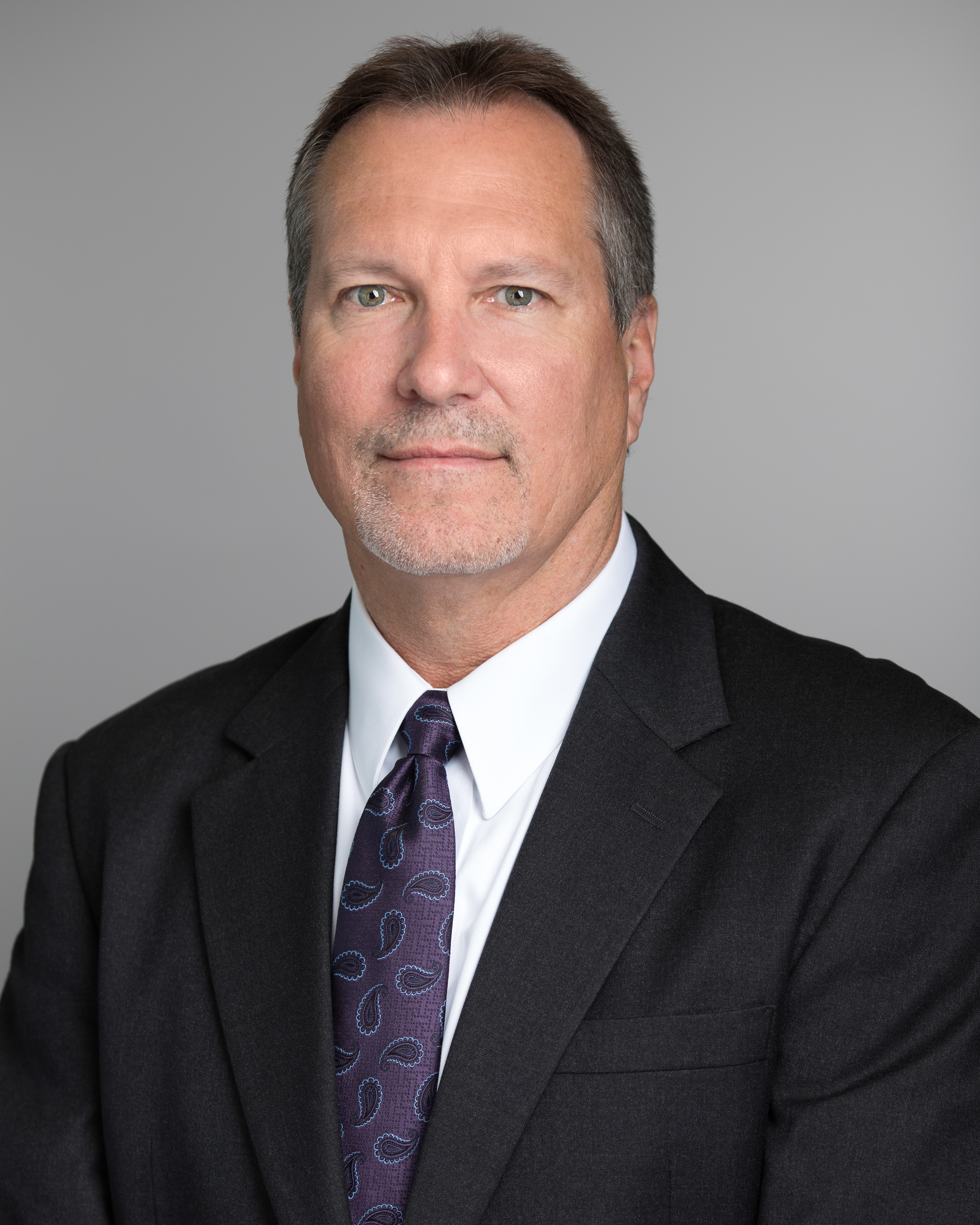One of the most important aspects of my work for Cushman & Wakefield is connecting clients with vendors–consultants, designers and engineers, furniture providers, IT, AV, security firms, riggers and movers, materials handling consultants, change managers—support personnel needed to meet the objectives of a given assignment. Although those on the receiving end of the service RFPs might suggest there is a science to it, I can tell you, without fail, art is very much involved, too. And the art of part of this equation can be very difficult, and in some cases emotionally challenging, to solve for.
Let’s dive into the math. For a given project, let’s assume a client needs 20 different service providers in order to complete their work. Then, assume that in each of the 20 categories, there are just four bidders bidding. Crunch the numbers and you’ll find this yields nearly 5,000 different possible combinations. My job is to make sure that, of those thousands of different combinations, my client winds up with the very best team for their unique project.
As most of you know, the procurement process is a series of steps designed to separate the wheat from the chaff. And I get it: responding to RFPs is not fun. But it is an important first step that can ultimately get you to the interview. For those of you on the business development side, it’s critically important to help your non-sales counterparts at your firm understand what is expected of them at the interview–when the next hour of your team’s time will mean the difference between winning and losing.
For instance, not long ago I hosted a series of interviews with AV vendors. The project in question for a million dollars’ worth of gear, installation, and training. A sizeable prize indeed. Of the five bidders, we had narrowed the list to two.
Vendor A was the smaller of the two firms and had only a few notable references for us to contact. But the team they brought to the interview was technically competent, they were eager to land a project of this size, they told us clearly that this would represent a turning point in their growth, and said that if we would take the chance on entrusting them with this assignment, they would be accountable all the way to the owner’s office for ensuring we were happy once the work was done.
Vendor B was the big dog in the market where this assignment would take place. They had done major installations in hospitals, colleges, and law firms, among other verticals, and their reputation, for the most part, was good. So it was an easy decision to invite them to the interview. The interview with my client was scheduled to start at 1 p.m. And everyone showed except for one guy: the project manager, the person who was going to hold primary responsibility for organizing his team, for making sure that everyone was pulling in the same direction, and that things were getting done on time.
We sat and waited. At 1:10 p.m., their regional sales manager called the PM’s cell phone. Voicemail. Nervous laughter erupted in the room as we continued to wait. At 1:16 p.m., the project manager finally arrived. He was nearly out of breath, had sweat beading on his forehead, and was huffing and puffing like he’d climbed the stairs to the 44th floor rather than bothered with the elevator. His first statement to the assembled group of about 12 of us was, “Hey, I’m really sorry I’m late. They’ve got me running between so many installations, I’m just glad I was able to get here at all.”
God bless that man for his honesty. In business today, such candor is rare.
We ended up hiring Vendor A. And they performed admirably.
I was reminded of this experience just yesterday, when I was hosting interviews for another client. In this case, we had narrowed the list of possible service providers from five to two. We had met both teams once before, and felt that another hour or so with them would help codify our choice. The first interview of the day, with Vendor A, went great. There was a lot of energy, the vendor had really done their homework, they asked great questions, understood exactly what my client wanted, and left them feeling appreciated.
The second interview, with Vendor B, went fine, but I could sense there was nowhere near the same chemistry between my client and Vendor B as there was with Vendor A. Afterward, we thanked them for their time and effort, then gathered briefly outside to discuss what everyone thought. And I will never forget what one person on my client’s team said: “I just didn’t find them as likable as the first group.”
Really? A million-dollar decision was coming down to who was more likeable?
Simply put: Yes.
The moral of the story is this: You can put a lot of time and effort into preparing the world’s best RFP, but the key to winning business often comes down to an “x” factor. When trying to secure an assignment, don’t make the mistake of overlooking likability, enthusiasm, and responsiveness as important keys to success.
Randy Thompson is senior managing director and U.S. head of corporate project management for Cushman & Wakefield.





